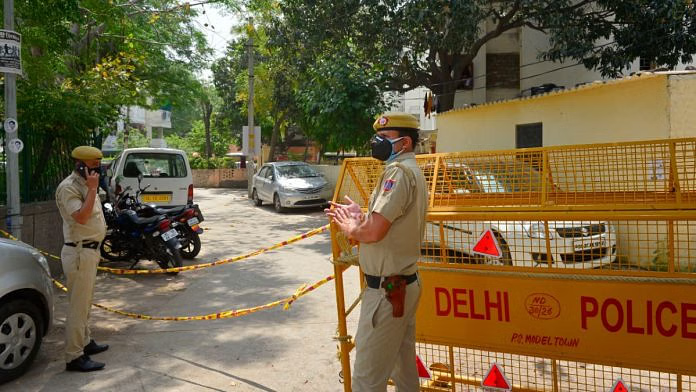Now Reading: Radhika Yadav Murder: Close Friend Himaanshika Speaks as Police Probe Motive in Gurgaon Case
-
01
Radhika Yadav Murder: Close Friend Himaanshika Speaks as Police Probe Motive in Gurgaon Case
Radhika Yadav Murder: Close Friend Himaanshika Speaks as Police Probe Motive in Gurgaon Case

The shocking murder of 23-year-old Radhika Yadav in Gurgaon’s upscale Sector 43 has sent waves of concern across communities, especially among young professionals and students. As police continue to investigate, her friend Himaanshika Singh has broken her silence, shedding light on Radhika’s recent mental state and personal life. The case has raised critical questions about safety, emotional support, and the rising stress levels among urban youth.
Friend Shares Emotional Insight
Himaanshika Singh, Radhika’s close friend, described her as “bright and cheerful,” but admitted that she had noticed a change in her friend’s mood over the past few weeks. In a social media post, she urged people not to speculate without knowing the full truth and called for respectful remembrance instead of online judgment.
Her statement has highlighted how even those who appear strong on the outside may be silently struggling within.
Police Investigation Focuses on Motive
Gurgaon police officials have confirmed that the investigation is ongoing, with all angles being looked into—including personal, emotional, and professional. They are examining call records, digital footprints, and interviewing acquaintances to understand what may have led to this tragic outcome.
Initial evidence suggests the incident was not random, and authorities are piecing together a timeline to identify whether it was planned or driven by a sudden emotional trigger.
Family and Community in Shock
Radhika’s family, originally from Uttar Pradesh, is devastated by the incident. She had moved to Gurgaon for work, a story familiar to many young women from Tier 2 cities who shift to metros for better opportunities. The case has resonated strongly in such communities, where the safety of working women remains a constant concern.
Local residents and colleagues have called for improved mental health support and more secure living conditions in urban work hubs.
Digital Pressure and Urban Isolation
The case also brings attention to the silent challenges faced by young professionals—pressure from work, relationships, and online life, often with minimal support. Psychologists note that the fast-paced urban environment, coupled with the need to constantly “keep up,” can lead to emotional burnout.
More awareness and access to affordable mental health care in cities like Gurgaon, Pune, and Indore could be vital in preventing such tragedies.
Conclusion:
Radhika Yadav’s death is not just a criminal case—it’s a mirror to the emotional and social struggles many face in today’s demanding urban landscape. As police continue their probe, the voices of friends like Himaanshika remind us to look beyond the headlines and build a more empathetic, supportive environment. For India’s youth navigating new cities and pressures, her story is a wake-up call we must not ignore.

























